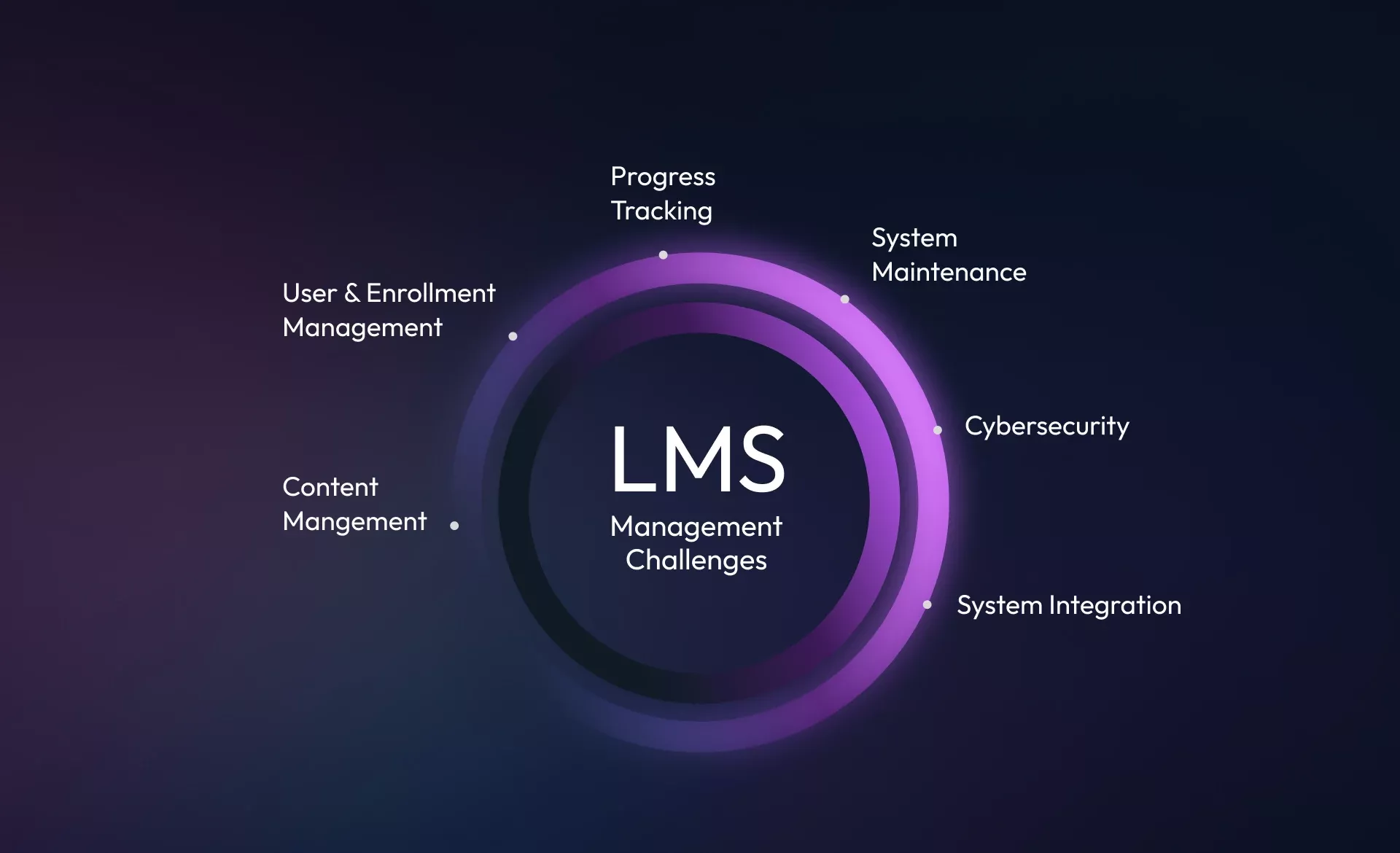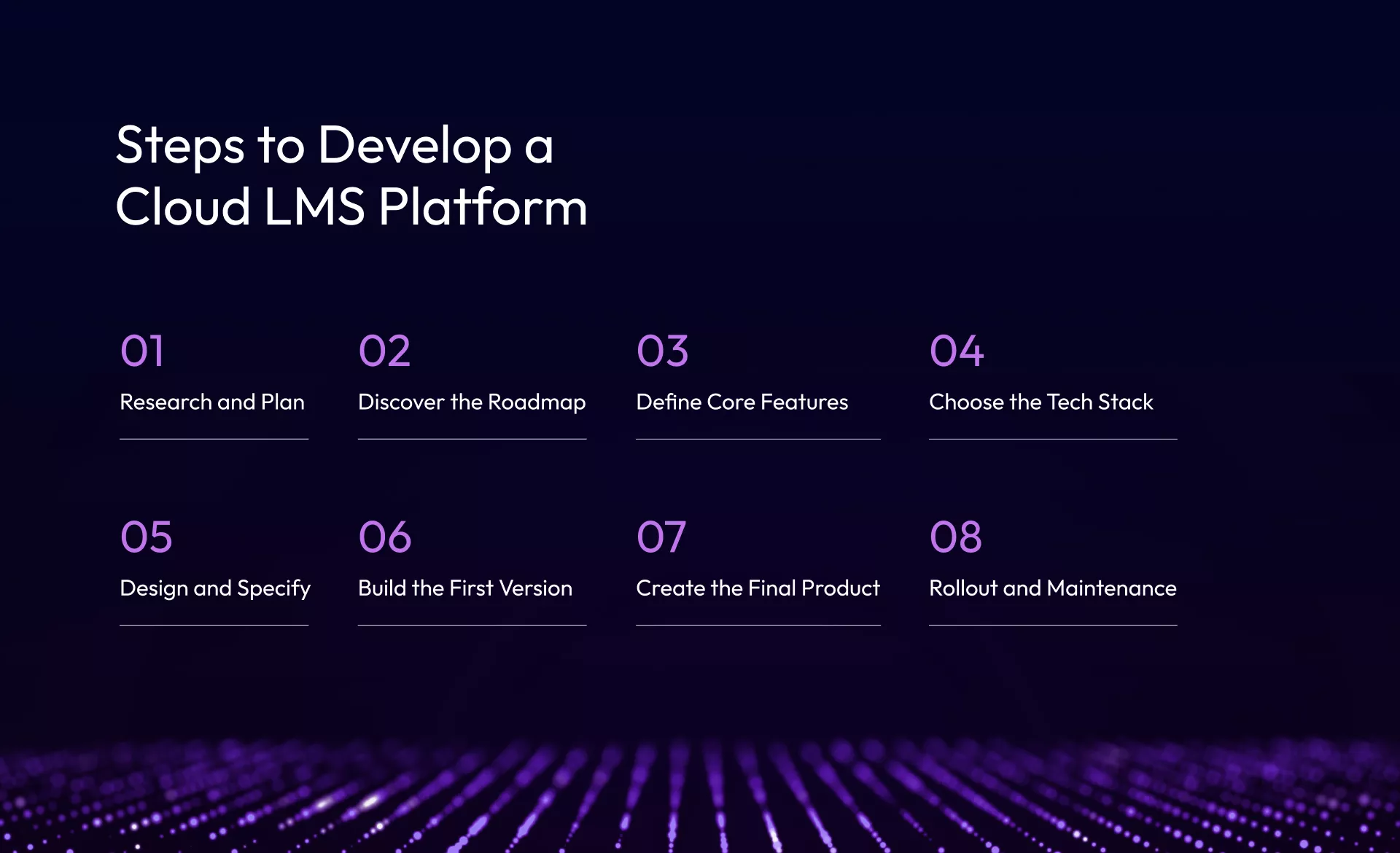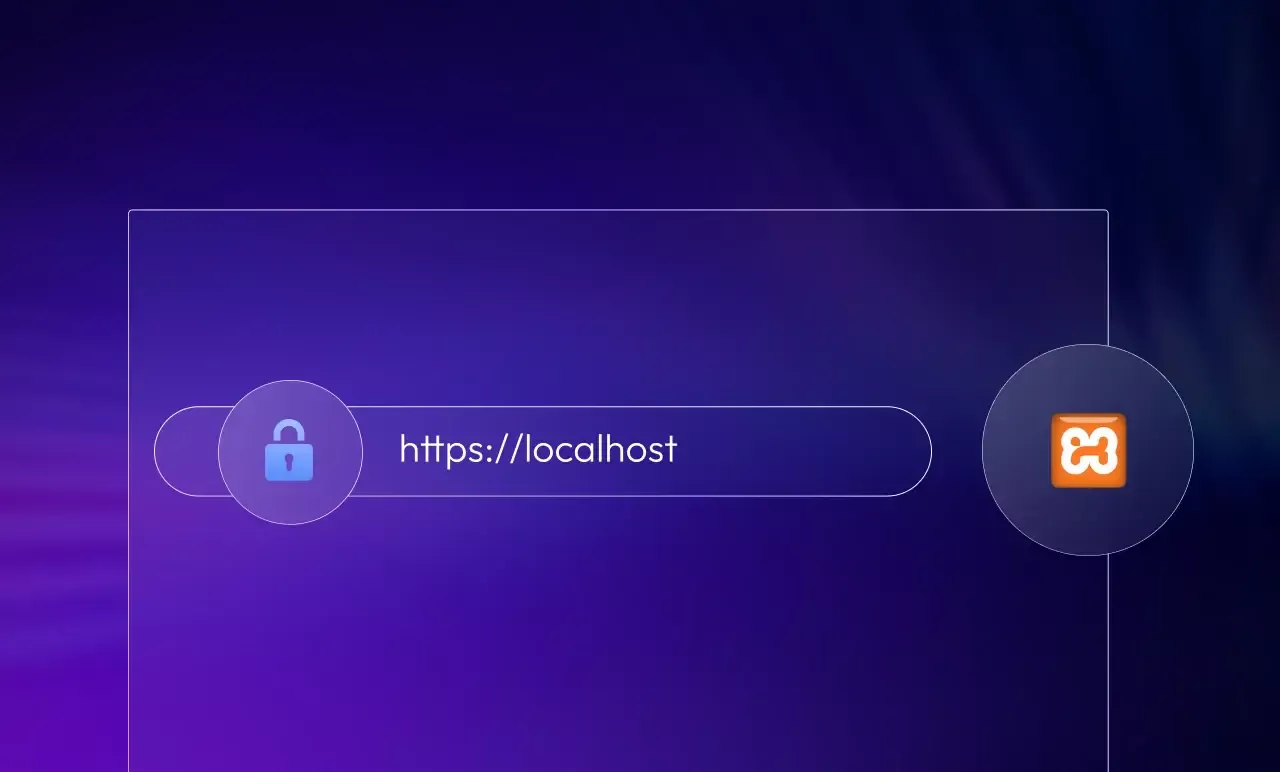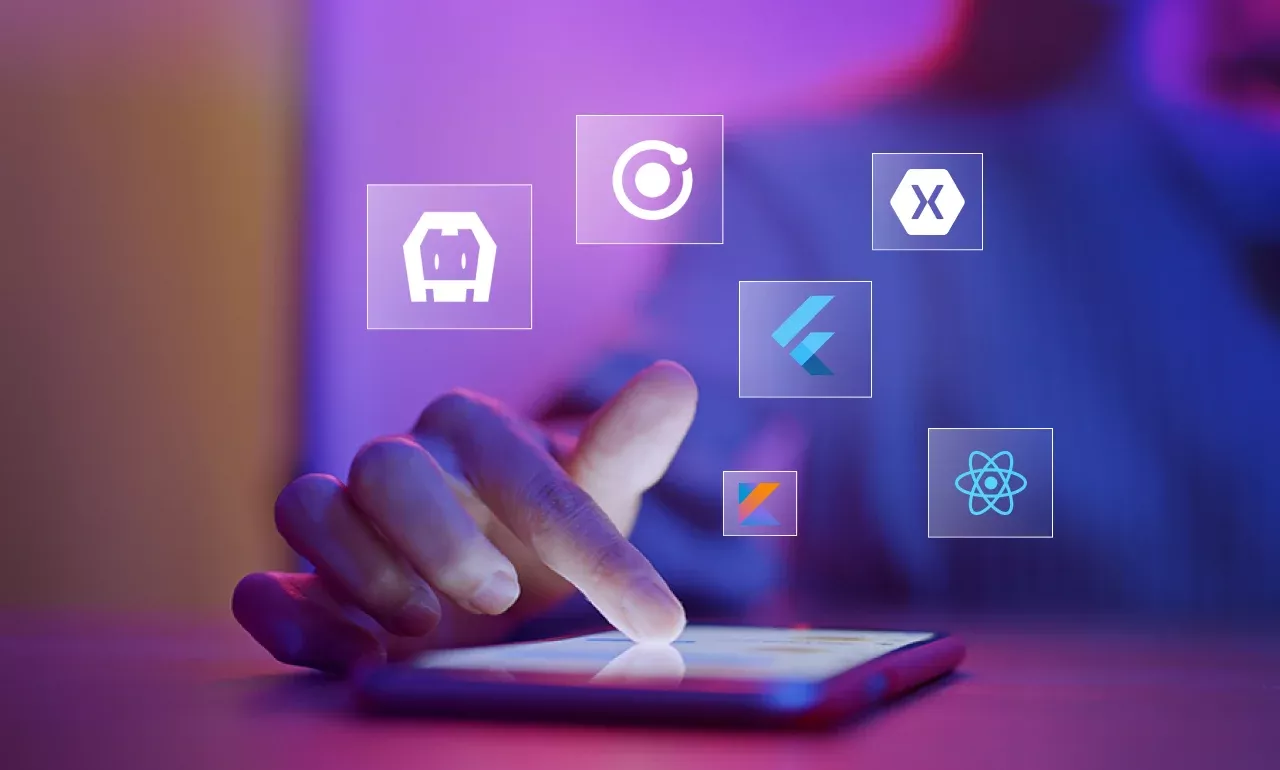How to Install SSL Certificate in XAMPP For Local Development?
Cloud Based Learning Platforms: How Do They Facilitate Remote Learning?
The increasing preference for distance learning has brought the spotlight on cloud based learning platforms, making education more accessible, flexible, and interactive.
Breaking down traditional barriers of geography and time, students can access materials from anywhere and learn at their own pace. They can also engage with live video streaming, forums, and collaborative tools.
According to Global Market Insights, the valuation of the E-Learning Market stood at USD 399.3 billion in 2022. The same is expected to grow at 14% CAGR by 2032, and educators have not wasted time jumping on the bandwagon.
This evident shift enhances blended learning by combining online resources with traditional teaching, adapting to diverse learning styles, and thus transforming the way education is delivered.
If you haven’t stepped onto the cloud yet, here are some reasons why and how you should now!
Challenges in Managing Learning Management Systems

Content Management
Managing course content is a significant challenge for LMS administrators. Ensuring that it remains consistently updated, relevant, and engaging can be a complex task that cloud based learning platforms can handle.
User and Enrollment Management
Organizing and updating user profiles, permissions, and enrollments is another common challenge when managing an LMS. This task can become particularly complex as organizations grow or when offering training to new learners, requiring the system to adapt to evolving needs.
Progress Measurement and Reporting
Data from an LMS is the key to understanding its impact. Modern learning management systems track every user's action, providing valuable insights when they complete exams and courses. However, analyzing and interpreting this data to produce meaningful reports can be challenging for administrators.
System Maintenance
Maintaining an LMS to ensure it runs smoothly is essential for an uninterrupted learning experience. These tasks—backups, updates, and security checks—can be time-consuming and complex.
IT and Security Issues
Handling IT challenges in LMS management requires special attention. These issues can range from server maintenance to cybersecurity concerns, often demanding extensive technical expertise. Additionally, allocating IT resources effectively without impacting LMS functionality can be challenging.
System Integration
While integration offers benefits, it also comes with challenges. Common issues include compatibility problems due to disparate technologies and data formats, data security threats, performance issues, high costs, and a lack of knowledge or expertise.
Why Make the Leap to Cloud Based Learning Platforms?
Uninterrupted Accessibility
Cloud based LMS ensures learners can access educational content anytime, anywhere—at home, on the go, or in a café.
Compatible with computers, tablets, and smartphones, it breaks free from traditional classroom constraints.
Streamlined Content Handling
A cloud-based LMS centralizes content management, eliminating discrepancies across departments or platforms.
It automates uploads for various formats (videos, PDFs, SCORM), ensures seamless learning, and simplifies version tracking with frequent updates. Users can always access up-to-date materials, avoiding confusion from outdated resources.
Personalized learning
Cloud based learning platforms leverage real-time analytics to personalize education, tailoring learning paths and resources.
For language learning, they provide flexible content, progress tracking, and native language options, enabling students to learn at their own pace effectively.
Real-time collaborative learning
Cloud tools enable real-time collaboration, instant feedback, and teamwork across locations with tools like Google Drive.
Features like content customization and real-time assessments boost engagement and improve retention by 25–60% over traditional classrooms.
App Integration Capabilities
Cloud LMS platforms integrate seamlessly with multimedia resources, content libraries, and third-party apps.
These integrations make learning more dynamic, personalized, and adaptable for students and educators.
Mobile Learning
Mobile accessibility is a notable advantage of cloud LMS platforms, enabling learners to engage with courses on-the-go learning across devices.
Privacy and Data Security
Modern e-learning platforms built on cloud technology take data security and privacy to the next level with advanced encryption, GDPR compliance, secure HTTPS connections, and automated backups. ensure data safety on these platforms.
Data-Driven Insights for Improved Learning
Cloud LMS platforms provide educators with data analytics to track performance and engagement, enabling informed, data-driven decisions.
Real-time Collaborative Learning
Cloud based learning platforms enable real-time collaboration, instant feedback, and teamwork across locations with tools like Google Drive.
Features like content customization and real-time assessments boost engagement and improve retention rates by up to 60%.
Streamlined Administrative Efficiency
Cloud based solutions streamline administrative tasks by centralizing resource management, grading, and communication.
Scalable Solutions at Reduced Cost
Cloud based educational platforms adapt to enrollment changes and group sizes while reducing infrastructure and maintenance costs.
As hybrid learning grows, cloud technology enhances learning experiences and cuts operational expenses.
How to Develop a Cloud LMS Platform from Scratch?

Step 1: Research and Plan
Validate your LMS idea by defining its purpose, solving key problems, determining a budget, identifying your target audience, and selecting a monetization model.
- Define Purpose: Determine if your LMS will support customer training, onboarding, retention, sales preparation, or general education.
- Solve Key Problems: Address challenges like reducing training costs, streamlining onboarding, freeing up time, or measuring learning impact.
- Set Budget: Define your budget and account for development, maintenance, and scalability costs.
- Know Your Audience: Identify users (employees, customers, or general learners) and select an LMS type (corporate, academic, or hybrid).
- Choose Monetization: Decide between freemium, subscription, or one-time payment models.
Step 2: Discovery Phase
Analyze your business needs to create a clear roadmap using the following steps.
- Information Gathering: A project manager and business analyst assess your goals, needs, and vision, conduct market research, and define a strategy for a profitable LMS.
- Competitor Analysis: We identify best practices to streamline development, reduce costs, and accelerate delivery.
- Defining Scope: Based on your business model and requirements, we outline the project methodology, timeline, and deliverables.
- User Stories: These describe the LMS's desired functionalities, guiding developers in creating technical specifications and project plans.
- Architecture Design: Your concept is refined into components and interactions, providing a clear LMS blueprint. Potential technical challenges are identified early, ensuring smooth development.
Step 3: Define Core Features
Focus on must-have features suiting the LMS functionality plan tailored for your audience.
These are indispensable when enterprises aim to provide a good learning experience.
- Gamification: Boost engagement and retention with points, competitions, and interactive learning.
- Personalized UX: Deliver relevant content based on a learner's history and role, fostering engagement and ensuring essential skill-building.
- Integrations: Connect with CRM, email, payment systems, and more to simplify processes and streamline training.
- Compliance Checker: Ensure proper training and assessments for compliance with internal policies or regulations.
- Smart Scheduling: Offer convenient scheduling for one-on-one learning sessions.
- Offline Learning Tracker: Enable learners to download content and manually update assessment checklists to track offline activities.
- White Labeling: Allow users to customize dashboards with logos and colors to match their branding.
Step 4: Choose the Tech Stack
Select the appropriate option for the following:
- Backend frameworks: These form the backbone of LMS operations, handling data storage and processing Popular frameworks include Django, Rails, and Node.js.
- Frontend tools: Choose the right user-facing interface, like Vue.js or React.js, for quick loading, responsiveness, and aesthetic flexibility.
- Relational databases: Store and manage LMS data reliably and efficiently with MySQL or PostgreSQL
- Reliable hosting services: Choose from secure, scalable, and cost-effective solutions for cloud-based LMS, like Amazon Web Services (AWS).
Step 5: Design and Specify
Once you've defined the purpose and features of your LMS, develop detailed specifications. Outline the goals, requirements, features, and technologies for development.
With requirements finalized, get mockups and wireframes done for complex architecture. Finalize costs and ensure the design aligns with user expectations.
Once approved, get the UI done and hand it over to developers to build the functional product.
Step 6: Build the First Version
Begin with implementing essential features first. Add additional functionality incrementally based on client feedback to reduce time-to-market.
Step 7: Create the Final Product
Follow a structured workflow: plan, execute, test, and refine in sprints. Conduct regular reviews and testing to ensure high-quality development and timely delivery.
Step 8: Rollout and Maintenance
Deploy the cloud LMS platform and provide user training. Offer ongoing maintenance to address user feedback, fix bugs, and implement improvements.
Looking ahead, cloud based learning platforms will continue to shape the future of education. While the higher education sector initially lagged in adopting the cloud due to a skills gap, Cloud Service Providers (CSPs) like Sundew are stepping in to bridge that divide.
Sundew is committed to transforming education by leveraging the power of the cloud. With our cutting-edge solutions, personalized and immersive learning experiences are now a reality, empowering learners and institutions to break traditional boundaries and reach new heights.
The future of education starts with embracing cloud technology, and with Sundew, that future is within your reach.
Email us or Talk to us at +91-98367-81929 or Simply Contact Us through the website.
Let's Connect












